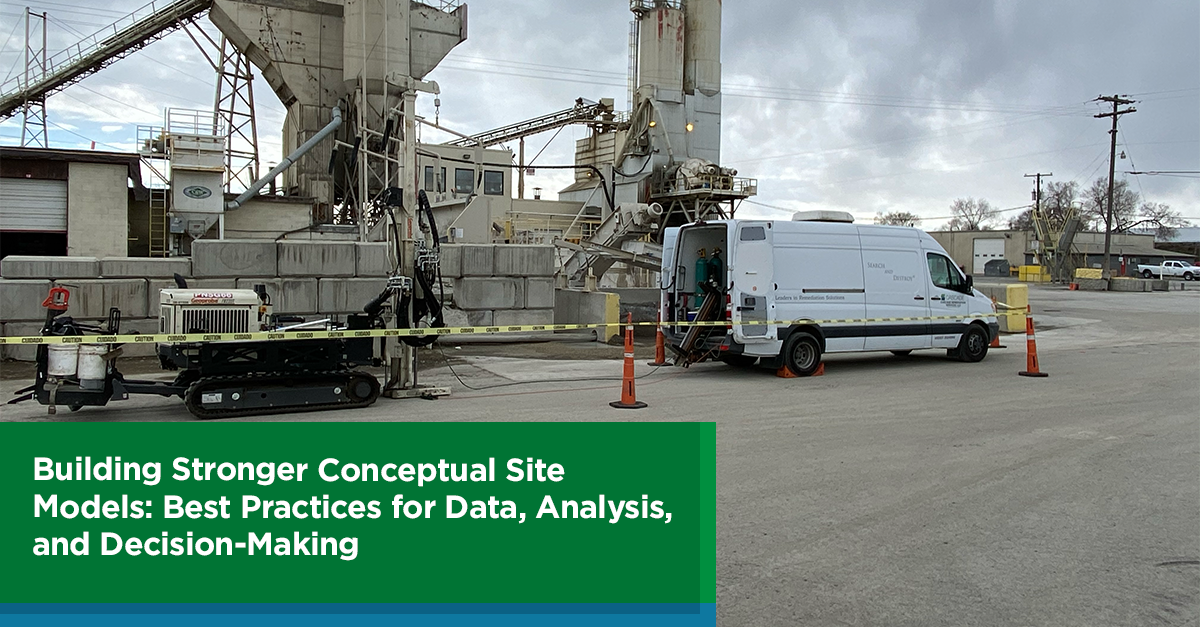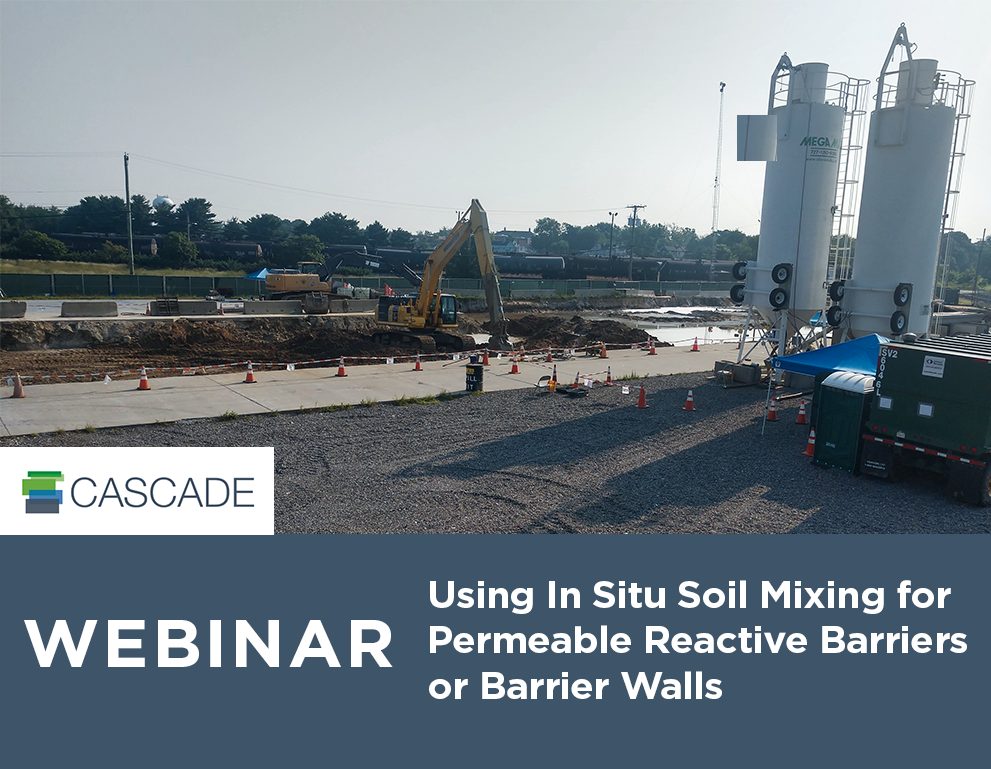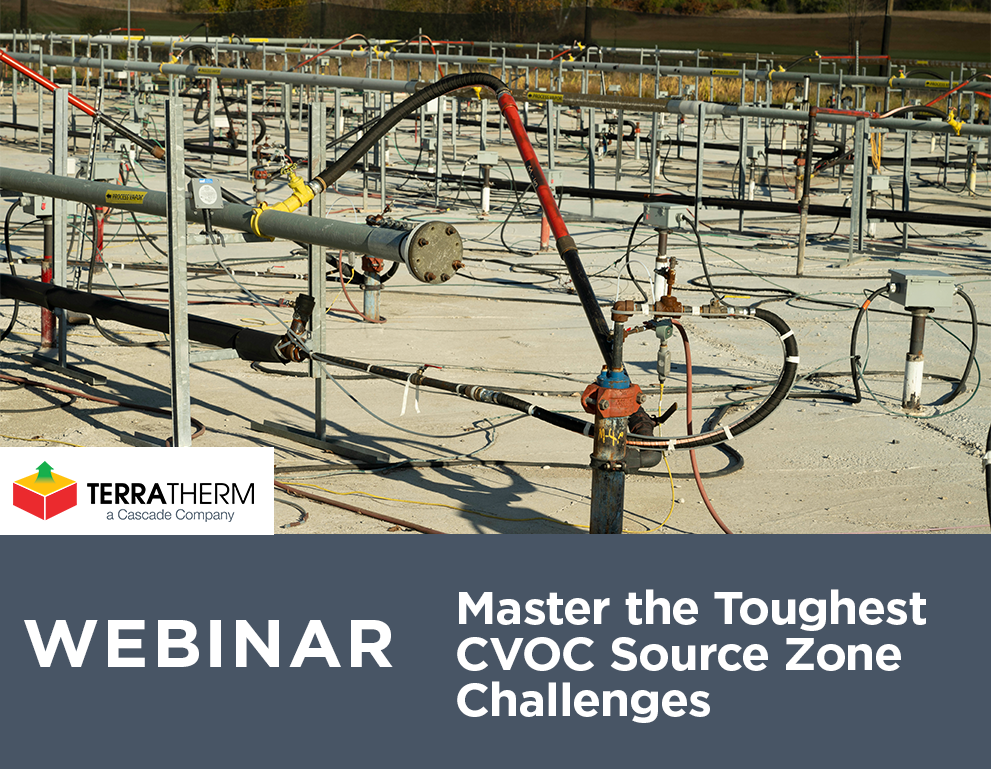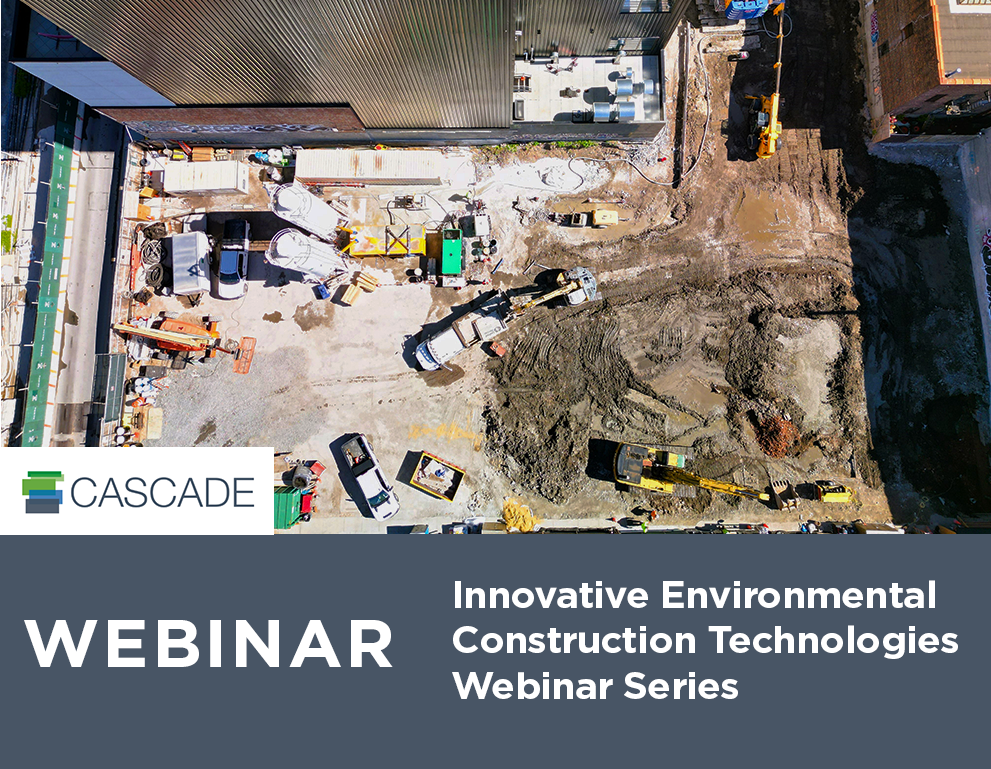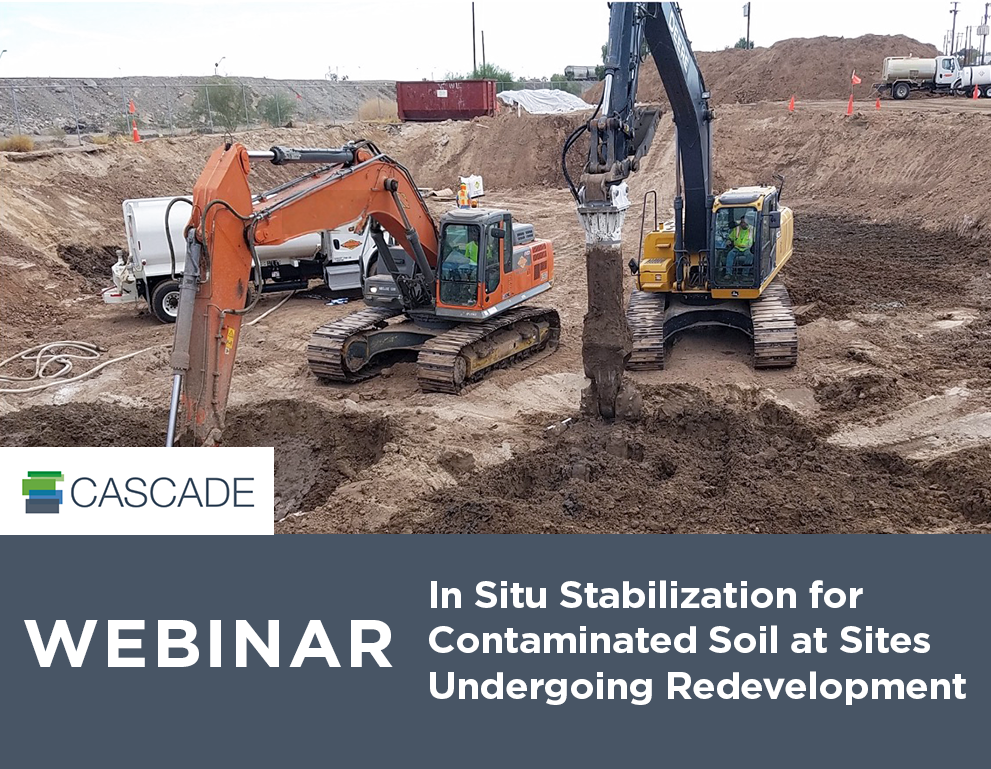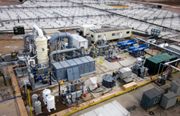Mapping PFAS Contamination for Effective Cleanup
By: Casey MooreThe challenge of managing PFAS (per- and polyfluoroalkyl substances) contamination is more pressing than ever. These “forever chemicals” are notorious for their persistence in the environment and resistance to traditional remediation techniques. The Environmental Protection Agency (EPA) has recently set enforceable maximum contaminant levels (MCLs) for PFAS, forcing industries and regulators to reassess their strategies for site characterization and cleanup. However, traditional sampling methods do not provide the resolution needed to meet these stricter standards, leaving gaps in understanding the subsurface contamination.
 In this post, we’ll explore the importance of site characterization in PFAS remediation and introduce the cutting-edge Waterloo Aquifer Profiling System™(WaterlooAPS) technology that’s transforming how consultants and environmental engineers map contamination. This advanced tool helps create more accurate Conceptual Site Models (CSMs), setting the stage for more effective treatment and regulatory compliance.
In this post, we’ll explore the importance of site characterization in PFAS remediation and introduce the cutting-edge Waterloo Aquifer Profiling System™(WaterlooAPS) technology that’s transforming how consultants and environmental engineers map contamination. This advanced tool helps create more accurate Conceptual Site Models (CSMs), setting the stage for more effective treatment and regulatory compliance.
The PFAS Contamination Challenge
PFAS, well-known for their widespread use and environmental persistence, present unique challenges in groundwater remediation. Due to their strong carbon-fluorine bonds, these synthetic chemicals are highly resistant to degradation, making them difficult to remove through conventional treatment methods. Their tendency to accumulate in groundwater, combined with their mobility in transmissive zones, complicates efforts to delineate contamination and develop effective remediation strategies.
With growing regulatory pressure and enforceable MCLs for PFAS, it’s increasingly important to accurately characterize contamination sites to inform treatment approaches. Understanding the vertical and lateral distribution of PFAS is essential for risk assessment and ensuring compliance with regulatory standards.
The Importance of Advanced Site Characterization
For any remediation project, especially those involving PFAS, proper site characterization is the first and most crucial step. Understanding how contaminants move through the subsurface and the extent of contamination is critical for designing an effective remediation plan. Without a detailed map of how PFAS are distributed, treatment technologies may fail to target the most affected areas or miss contamination hotspots.
One of the key outcomes of thorough site characterization is the development of a Conceptual Site Model (CSM). A CSM is a comprehensive representation of the site conditions, summarizing contaminant sources, pathways, and receptors. A well-developed CSM is crucial for:
- Identifying the right treatment technologies for the site.
- Mitigating risk by ensuring no contaminated areas are overlooked.
- Meeting regulatory standards, especially as the EPA has tightened the acceptable limits for PFAS in drinking water.
Precision in Action
To achieve the level of site characterization required for effective PFAS remediation, advanced tools like the WaterlooAPS are vital. This technology goes beyond traditional sampling by offering both high resolution groundwater data and real-time hydrostratigraphic logging, giving environmental consultants the insights they need to accurately map PFAS contamination.
How It Works: WaterlooAPS is a mobile, direct-push subsurface data collection platform. It combines discrete groundwater sampling with continuous hydrostratigraphic logging, offering two critical pieces of information for PFAS site characterization:
- Discrete sampling capability: This allows for the collection of samples at different depths, giving a vertical profile of contamination. Understanding how PFAS is distributed vertically is essential for identifying transmissive zones—areas where contamination moves most quickly.
- Continuous logging: This component helps map the hydrostratigraphy (the structure and flow of groundwater) in real time, showing how water —and contamination—moves through the subsurface.
By combining these features, WaterlooAPS enables environmental consultants to quantify mass flux, which measures how much contamination is moving through groundwater at various locations. This is especially important for PFAS, as knowing both the concentration and movement of the contaminant allows for a more accurate risk assessment and remediation plan.

Real-World Applications and Results
 WaterlooAPS has been deployed on numerous PFAS remediation projects across the U.S., helping both state and federal agencies characterize contaminated sites more effectively. It’s not just limited to PFAS, either —the technology has proven valuable for other contaminants like 1,4 dioxane and CCR metals (coal combustion residuals), making it a versatile tool for managing complex contamination issues.
WaterlooAPS has been deployed on numerous PFAS remediation projects across the U.S., helping both state and federal agencies characterize contaminated sites more effectively. It’s not just limited to PFAS, either —the technology has proven valuable for other contaminants like 1,4 dioxane and CCR metals (coal combustion residuals), making it a versatile tool for managing complex contamination issues.
For example, at a large-scale federal PFAS remediation site, WaterlooAPS was used to define the vertical and lateral extent of groundwater contamination. The system’s ability to provide discrete sampling data allowed for the creation of a more refined CSM, which in turn led to a more targeted and cost-effective remediation strategy. By understanding where PFAS concentrations were highest and how they were moving, the project team was able to focus treatment efforts on the most critical areas, ultimately saving time and resources.
Remediation Technologies for PFAS Cleanup
Once a site is fully characterized, the focus shifts to remediation. There are several treatment technologies that have shown promise for addressing PFAS contamination, but none can be truly effective without the groundwork laid by proper site characterization. Some of the top technologies include:
- Injection chemistries: Specialized chemicals like Cascade’s ColloidalChemTM are designed to bind with or break down PFAS contaminants in the subsurface. However, for these treatments to be effective, they must be precisely targeted based on high-resolution site data— such as that obtained from WaterlooAPS. This ensures that the ColloidalChem is delivered directly to the zones with the highest contaminant mass, optimizing remediation efficiency.
- Automated injection systems: Cascade’s PathfinderTM automated injection system further enhances the precision of chemical treatments like ColloidalChem. Pathfinder integrates real-time data from site characterization tools to automate the injection process, ensuring accurate placement of the treatment in the subsurface. This level of precision allows for more efficient remediation, minimizing the risk of recontamination or incomplete treatment.
- High temperature thermal treatment: This method provided by Cascade’s subsidiary, TerraTherm, uses extreme heat to break down PFAS compounds, but it requires precise targeting of contamination hotspots to be effective.
Each of these technologies can be highly effective, but only when paired with advanced site characterization tools like WaterlooAPS that ensure the right areas are being treated.
Accurate Mapping is Key to Effective PFAS Remediation
In the battle against PFAS contamination, advanced site characterization is the key to success. Tools like WaterlooAPS not only help define the extent of contamination but also enable more informed decisions on remediation strategies, ultimately leading to better regulatory compliance and risk mitigation.
Whether you're dealing with PFAS or other contaminants, having a reliable and accurate Conceptual Site Model ensures that treatment plans are both effective and efficient. Ready to get started on characterizing your site? Contact our HRSC experts today to learn more about how WaterlooAPS can help with your PFAS remediation project.
ABOUT THE AUTHOR

Casey Moore
Operations Manager & Service Line Leader
Casey Moore is an HRSC service line leader and Operations Manager at Cascade with 12+ years of experience in the industry. He has managed a wide variety of complex projects utilizing HRSC tools in Cascade’s toolbelt including WaterlooAPS, MIP, OIP, UVOST, HPT & CPT.
Casey assists clients and consultants to select the best method for specific contaminant delineation, from which data deliverables are invaluable to efficiently and cost effectively design and optimizing remediation plans.




